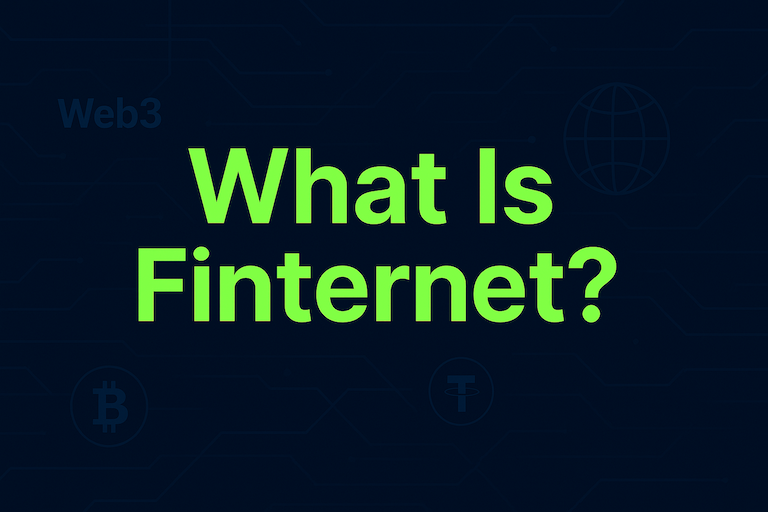What Is Risk Premium?
Jul 17, 2025
Risk premium is the additional return an investor expects to earn from a risky investment compared to a risk-free one. It is a fundamental concept in both traditional finance and crypto investing. Understanding risk premium helps beginners evaluate potential rewards relative to risks. In crypto markets—where volatility is higher—the concept is especially relevant for making smart, informed decisions. This article explains what risk premium is, why it matters, how it’s calculated, and how it applies to digital asset investing.
What Is Risk Premium?
Risk premium refers to the extra compensation investors demand for taking on higher risk. It is the difference between the expected return of a risky asset (like stocks or crypto) and the return of a risk-free asset (such as government bonds).
In finance, every investment carries some level of risk. The more uncertain the outcome, the more return investors require to justify that risk.
Key characteristics of risk premium:
It is a reward for risk exposure
Measured as the gap between risky and risk-free returns
Reflects market volatility, uncertainty, or economic risk
Applies to stocks, crypto, bonds, real estate, and more
Used in models like the Capital Asset Pricing Model (CAPM)
Benefits of Understanding Risk Premium
For beginners, grasping the concept of risk premium is essential for responsible investing. It helps set realistic expectations about returns and identify the trade-offs between risk and reward.
Recognizing when returns seem too good to be true is also part of risk awareness.
Benefits include:
Better investment decisions, based on return-to-risk trade-offs
More realistic return expectations, especially in volatile markets
Improved portfolio diversification, balancing high and low risk assets
Understanding of pricing models, like CAPM or DeFi lending rates
Risk budgeting, especially in volatile crypto environments
Use Cases in Traditional and Crypto Markets
Risk premium is widely used in both traditional and blockchain-based markets. It plays a role in everything from stock pricing to DeFi interest rates.
Here’s where risk premium is applied:
Equity investing: Higher expected returns for stocks over treasury bills
Crypto yield farming: Higher APRs for risky token pairs or protocols
Bond markets: Junk bonds offer high yields due to default risk
Decentralized lending: Higher lending/borrowing rates on volatile assets
Risk-adjusted returns: Used in performance evaluation metrics like Sharpe Ratio
How to Evaluate Risk Premium
Evaluating risk premium involves comparing the expected return of an asset to a benchmark considered "risk-free." In practice, this varies depending on market and context.
Steps for evaluation:
Determine the risk-free rate, e.g., U.S. Treasury yield or stablecoin yield
Estimate the expected return of a risky asset or portfolio
Calculate the difference between expected return and risk-free rate
Assess if the premium is worth the risk, given volatility and potential losses
Consider time horizon, as risk tolerance varies by goal
Conclusion
Now that you understand what risk premium is, you can use it to make smarter investment decisions—whether in traditional finance or crypto. By weighing the extra return against potential risks, investors can avoid emotional decisions and build more balanced strategies.
Always remember: higher returns come with higher risks. Understanding risk premium is your first step toward mastering risk management.
Start your safe cryptocurrency journey now
Fast and secure deposits and withdrawals, OSL safeguards every transaction !


